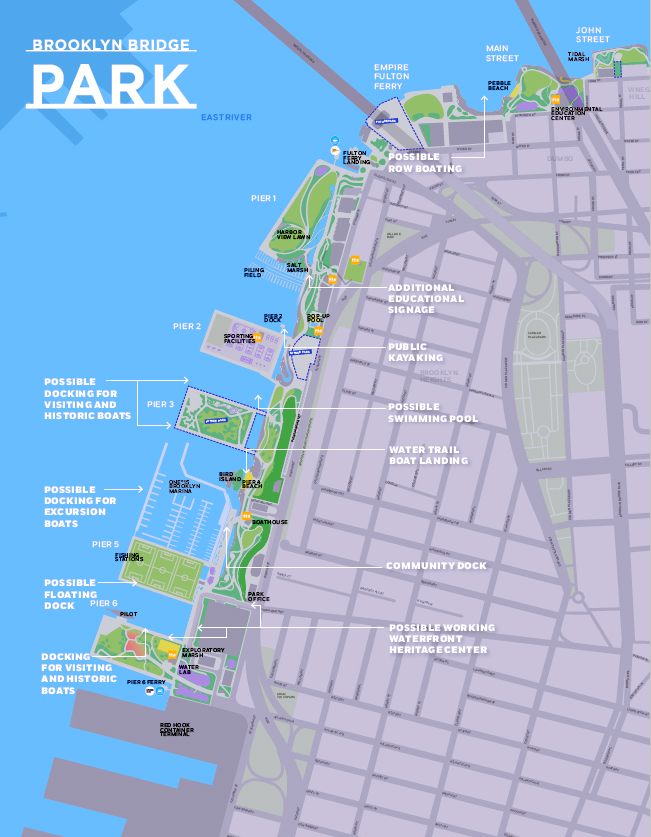Study suggests expanding waterfront activities at Brooklyn Bridge Park
Possibilities: More kayaking, cruises, a jitney or maybe a summer camp

Where cargo ships once docked, the 85-acre Brooklyn Bridge Park has drawn millions to Brooklyn’s shoreline.
The park’s efforts to find ways to do more along the water have been lauded by numerous organizations and the maritime community. Park visitors can launch a kayak, take sailing lessons or cast a fishing line directly into the East River.
Now, after a year of study, the nonprofit Waterfront Alliance has released a Maritime Activation Plan, which suggests new ways to expand the park’s waterfront offerings.

Brooklyn Heights
View MoreRead the Brooklyn Height's Press and Cobble Hill News. Find out more about Brooklyn Height's History here.